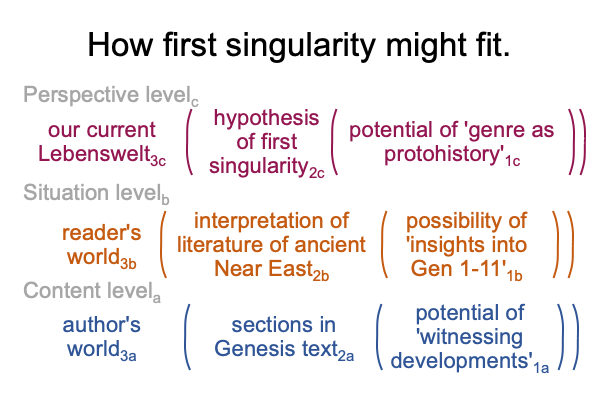Looking at Thomas Michaud’s Essay (2021) “Anatomy of the Progressive Revolution” (Part 9 of 9)
0037 Michaud concludes that the progressive revolution hinges on redefining the human person.
Can “subsumption2a” be the sine qua non of the permanent revolution2c?
Does “subsumption2a” characterize infrasovereign religions?
Michaud writes, “The progressive revolution aims to change the way people understand themselves, understand their very humanity as collective beings.”
These category-based re-articulations picture the relational dynamics of Michaud’s argument.
There is much more to ponder in these diagrams.
But, these considerations are left to the readers.
0038 I conclude with the virtual nested form in the realm of normal context.

0039 A “not religious” normal context3c virtually brings the actuality of politics3b into relation with the possibility of group affiliation3a.
Surely, this “not religious” normal context3c fits the definition of the term, “religion”.
Plus, this normal context3c grasps for sovereign power in order to implement its objectives.
0040 I thank Thomas Michaud for his excellent essay.
Perhaps, this brief examination will lead to a more profound understanding of the nature of our current Lebenswelt.

